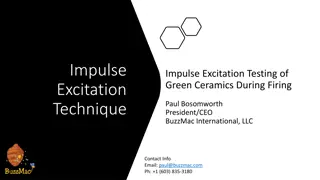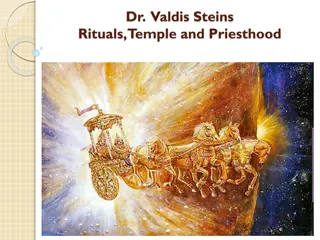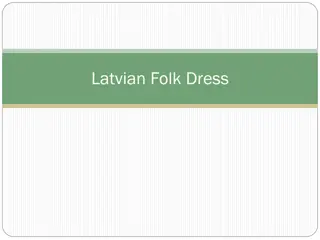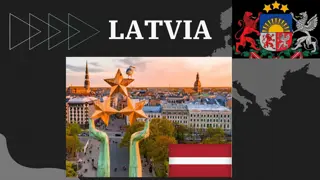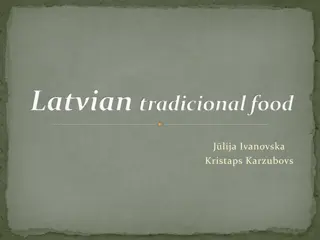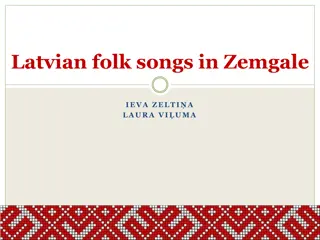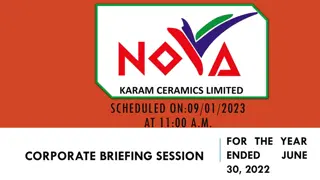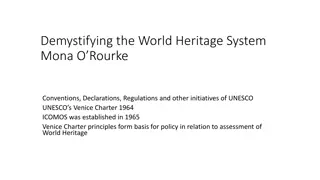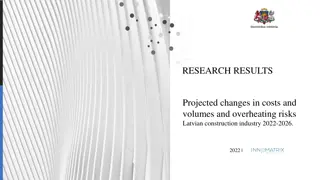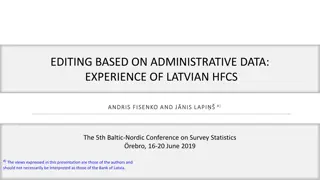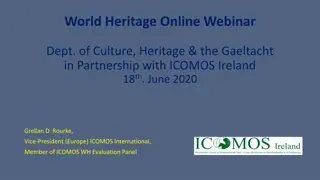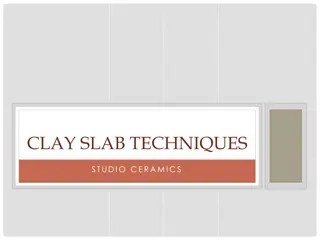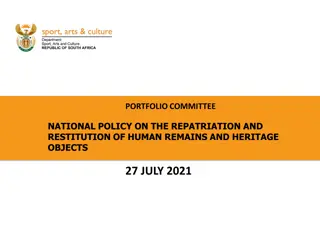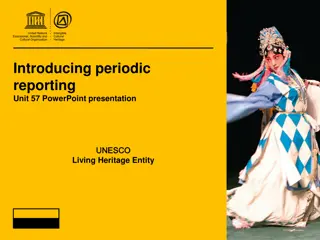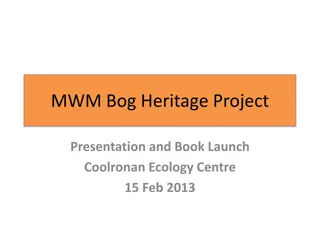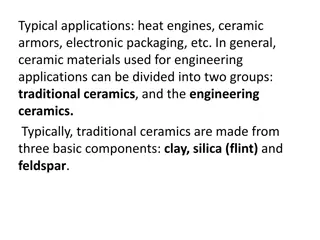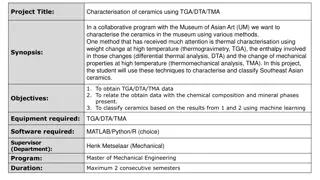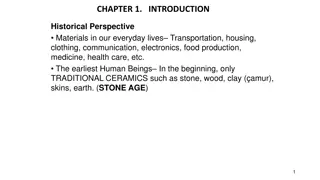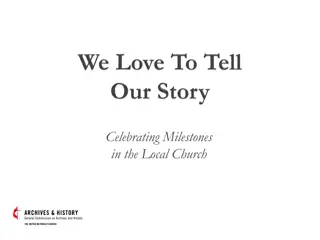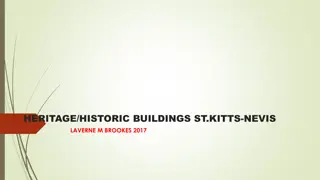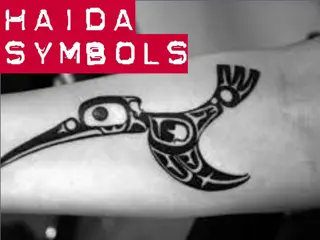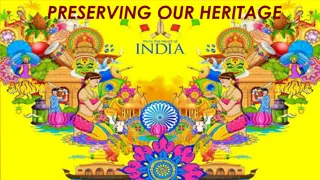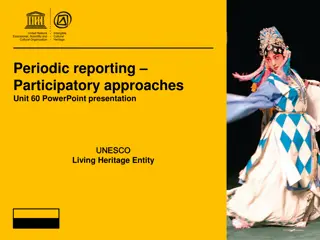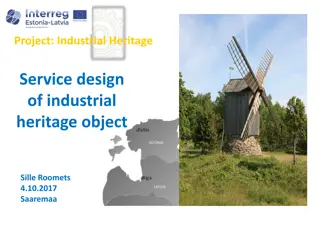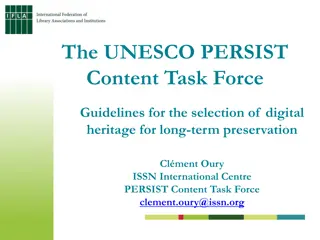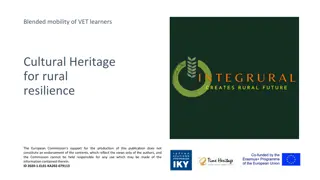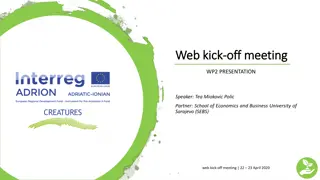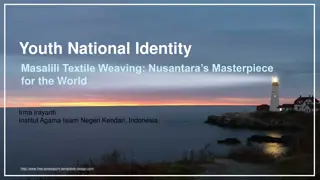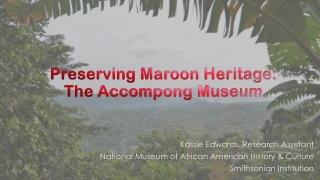Discover the Rich Heritage of Latvian Ceramics
Latvian ceramics have a long history, with each region showcasing unique styles, shapes, and colors. From ancient techniques to modern creations, Latgale, Kurzeme, and Vidzeme regions offer a diverse range of exquisite ceramic products like jugs, bowls, vases, and more. Explore the traditional craftsmanship and vibrant artistry of Latvian ceramics through museums, collections, and cultural displays.
Uploaded on Sep 29, 2024 | 0 Views
Download Presentation

Please find below an Image/Link to download the presentation.
The content on the website is provided AS IS for your information and personal use only. It may not be sold, licensed, or shared on other websites without obtaining consent from the author. Download presentation by click this link. If you encounter any issues during the download, it is possible that the publisher has removed the file from their server.
E N D
Presentation Transcript
Ancient Latvian ceramic Antra Loce Zane Novika
Ceramic Ceramic product creation is one of the oldest crafts industries. Already in the Stone Age people in the world starts to use a simple clay to prepare the dishes in which to store excess farm, cook meals, as well as the clay used in the cult objects and ornaments injection. Originally used in an ordinary clay with contamination, each instead of using natural, container or shape of the object is created in a free form by hand, the products are not fired.
Latvian Ceramics Latvian ceramics has been known for a long time. It has always been different because ceramics in Latvia is interesting with it s color variations within each region. Each region of Latvia has special characteristic shape, ornamentation and color ceramics.
Vidzeme region ceramics are characterized by monumental and laconic style Kurzeme region craftsmen made unique Kurzeme branch jugs. Latgale region pottery is particularly famous. It is characterized by brightly colored glazed pots, cups, bowls, vases, candlesticks and whistlers (objects that, when blown into, make whistle- like sounds). Latgale ceramics masters work in authentic conditions in country farms and kilns. Often masters offers to participate in the process of making ceramics.
Latvians from ceramic has manufactured the majority of kitchen tools. In particular much praises is Latvian ceramics from Latgale, where each product is fashioned as a work of art - jugs, bowls, candlesticks, kitchen set, dishes, figurines, and much more.
Ceramic plates and vases Some of the most beautiful ceramic plates and vases Latvia has to offer are made in Latgale region in Eastern Latvia. The earthy tones and traditional Latvian patterns have made Latgale ceramics popular outside of Latvia. Each vase is hand made and burned fire-wood heated oven, as a result the color theme will be slightly different for each item.
Collection of Latgalian ceramics A visitor should not miss a major collection of Latgalian ceramics, paintings and ethnographical objects in the Latgale cultural history museum. The collection can be viewed at two permanent expositions R zekne during the ages, and Latgale ceramics.
A metallic replica Bowl P rosis in birch bark for protection, its handle is missing Mug
MAGPIES CERAMICS SCHOOL Magpie s Ceramics School follows Latvian pottery traditions the beginnings of which can be found in the early Neolithic age when Baltic peoples started to inhabit the territory around the lower Daugava river. In the course of centuries with changing values of different culture traditions there has formed a recognisable branch of cultural heritage characterising Latvian national identity. It lets one feel the fineness of aesthetics and the unique world outlook of the Latvian people.
LNMM The Ceramics Collection Of all collections preserved at the museum the ceramics collection is the vastest and it comprises about 5000 artworks, including architectural ceramics, garden ceramics, ceramic and porcelain ware, decorative groups and figurines. The collection characterizes the processes in the field of ceramics from the end of the 19th century to the present day.


